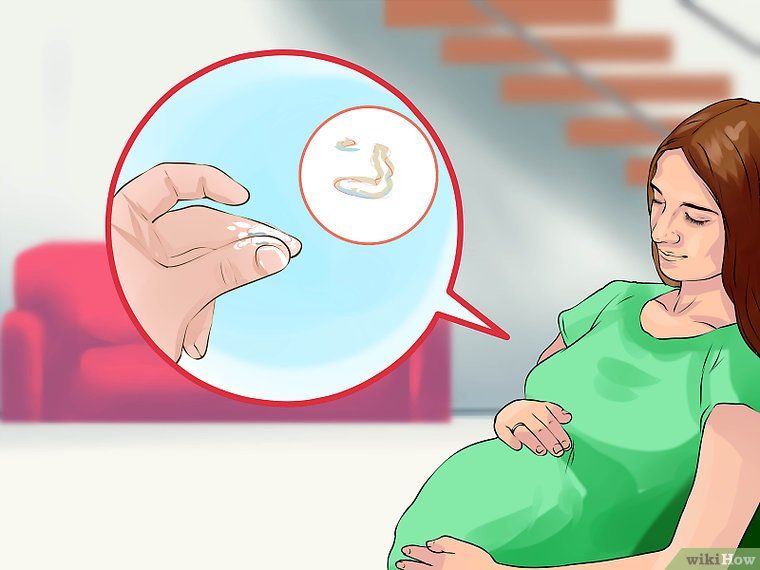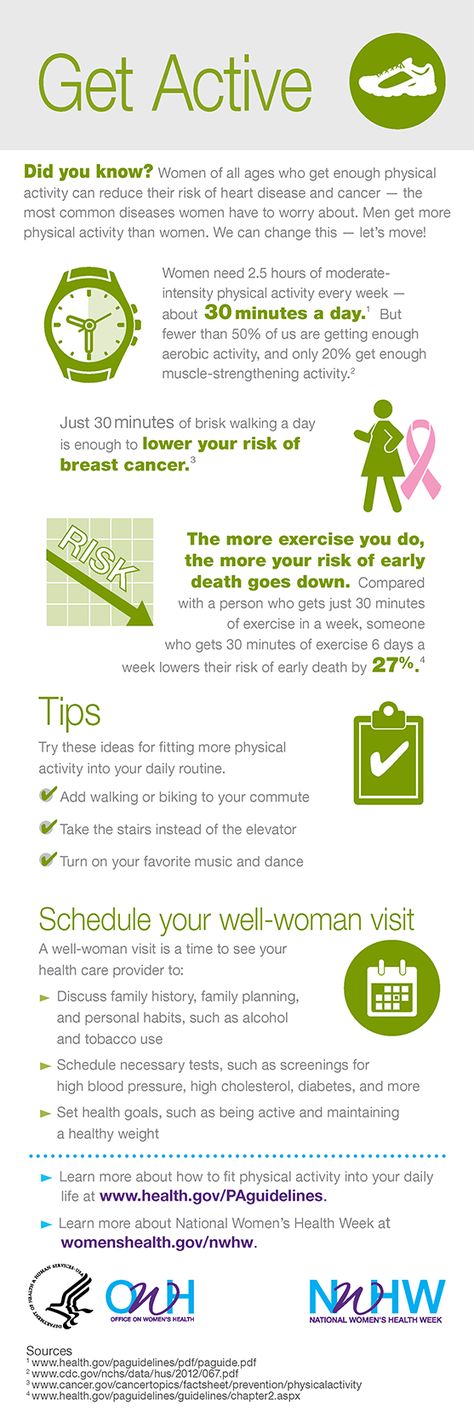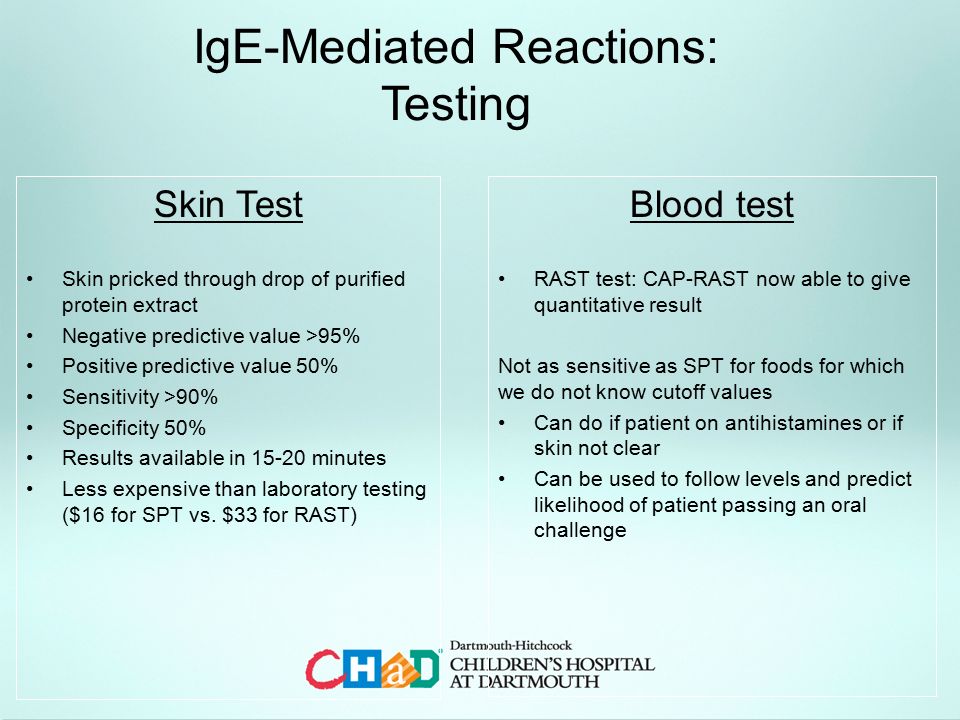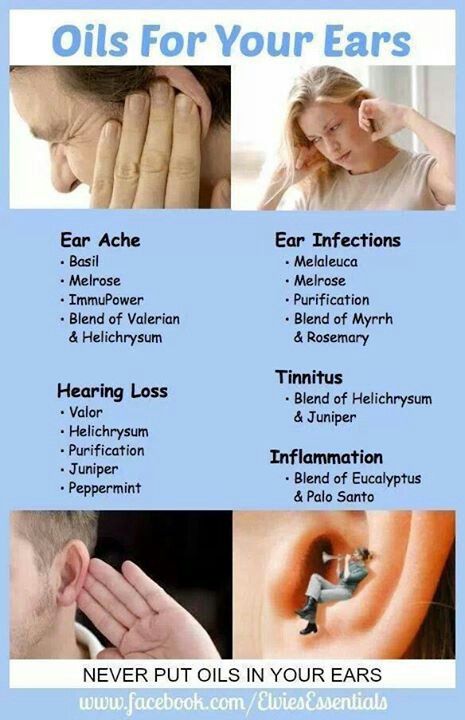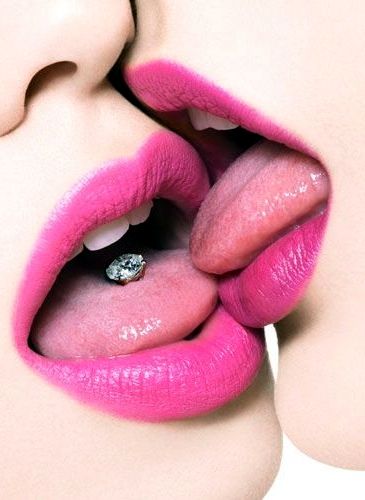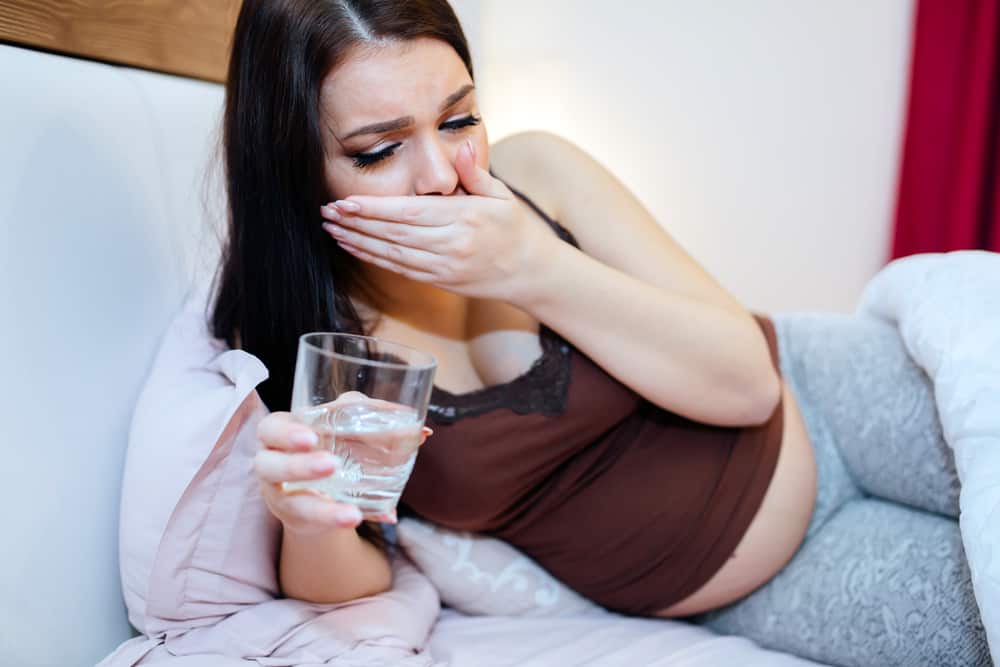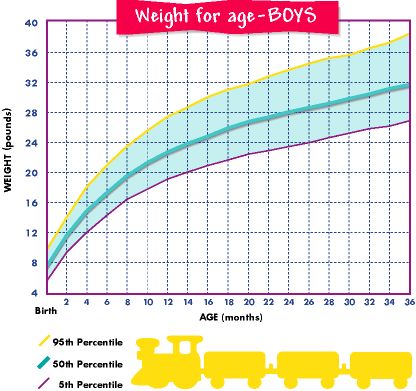Sun protection for babies under 6 months
Sun Safety for Children and Babies | Patient Education
Melanoma is among the most common forms of cancer for young adults 15-29. Some experts blame the inappropriate use of sunscreen, saying that people do not apply enough lotion (a golf ball-size dollop) or do not reapply it as frequently as required. Products can no longer claim to be waterproof, only water-resistant, and labels must note a time limit of either 40 or 80 minutes before the sunscreen is ineffective.
Sunscreen is just one of the defenses against the harmful effect of UV radiation. Strategies such as seeking shade and dressing children in sun-protective clothing are just as important. A bad sunburn in childhood or adolescence doubles the risk of melanoma later in life, according to the Skin Cancer Foundation.
Rates of skin cancer—including melanoma, the most serious form of skin cancer—continue to rise, even in young people. Parents need to be extra vigilant about sun protection all the time. Just one blistering sunburn in childhood more than doubles a person's chances of developing melanoma later in life. Young skin is delicate, thinner, and produces less melanin, a skin protecting pigment. Ultra violet (UV) rays reach the skin’s pigment producing melanin cells, called melanocytes, and cause DNA damage to the skin.
Infants
0-6 months:
- Infants under 6 months of age should be kept out of direct sunlight.
- Avoid using sunscreen. Baby’s young skin doesn’t have the ability to metabolize and excrete chemicals often found in sunscreens.
- Dress baby in lightweight sun—protective clothing that breathes and covers the arms and legs.
- Always protect your baby’s head, face, ears, and neck with a wide-brimmed hat. A baby who wears a hat during the first few months will get used to having it on.
- Use stroller shades and umbrellas.
- Use removable mesh window shields to keep direct sunlight from coming in through the windows of your car or invest in UV window film, which can screen almost 100 % of ultraviolet radiation without reducing visibility.
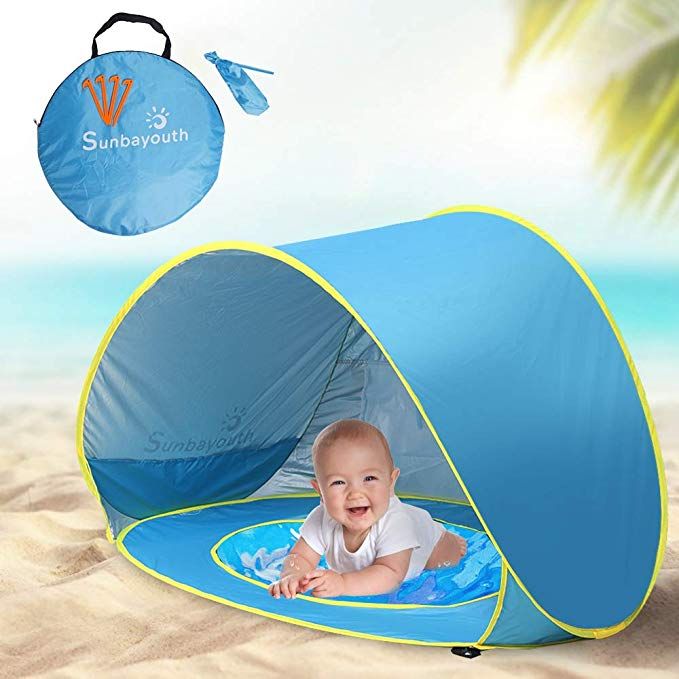
- Use sunglasses with UVA/UVB protection. Eyes are affected by exposure to the rays of UV radiation. Overexposure to UV light contributes to the development of cataracts, retinal damage and other eye problems. Experts report that as much as 80% of UV damage to our eyes is done before the age of 18, making it even more important all of us to start protecting our eyes at an early age.
- Take walks early in the morning before 10 AM or after 4 PM and use a stroller with a sun—protective cover.
Babies
6-12 months:
- It's now safe to use sunscreen on babies. Choose sunscreen designated for infant skin, and one that won't sting baby's eye.
- All the protection methods explained above still apply, however now sunscreen use should be incorporated.
- Apply broad-spectrum sunscreen with a minimum SPF of 30, with UVA/UVB protection particularly to areas left uncovered such as baby's hands. Some children experience allergic reactions to various sunscreen ingredients.
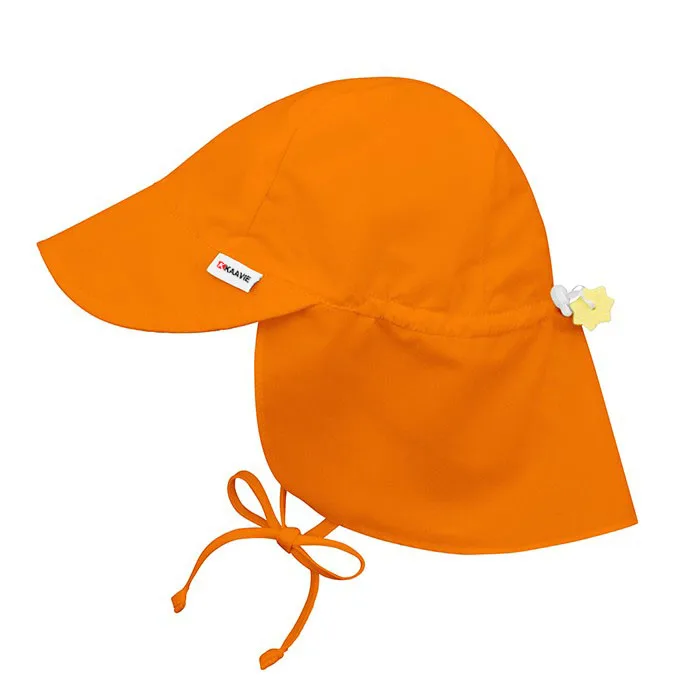 Test a product first by applying a small amount to a limited area of skin. Choose a product that is hypoallergenic and fragrance-free.
Test a product first by applying a small amount to a limited area of skin. Choose a product that is hypoallergenic and fragrance-free. - Most importantly, sunscreen must be applied 30 minutes before going outside and reapplied every two hours or after swimming or excessive sweating. Products can no longer claim to be waterproof, only water-resistant, and labels must note a time limit of either 40 or 80 minutes before the sunscreen is ineffective.
Toddlers/Pre-School Age
- Protecting toddlers from the sun requires a little more thought and effort. It is important to educate your child and caregivers.
- All the protection methods explained above still apply, including how sunscreen use should be incorporated
- Make sure your child seeks the shade between 10 AM and 4 PM. Check the outdoor area where your child plays to make sure there is adequate shade.
- Make sure toddlers are covered. Long-sleeved, unbleached cotton clothing is cool and comfortable, while also highly protective.
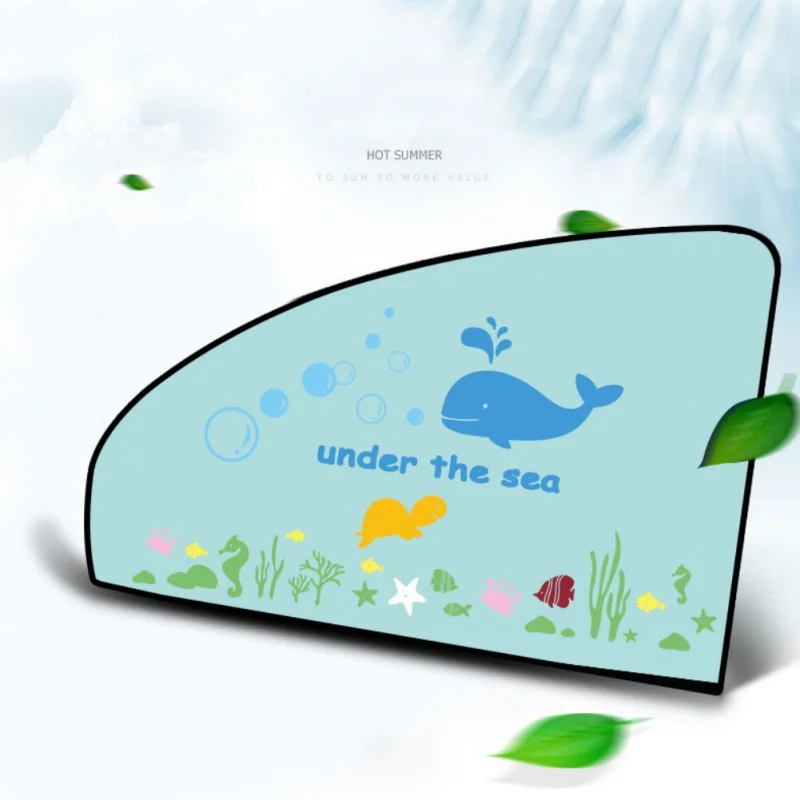 Clothing with an Ultraviolet Protection Factor (UPF) listing on the label offers extra security. The Skin Cancer Foundation recommends clothing with a UPF of 30 or higher.
Clothing with an Ultraviolet Protection Factor (UPF) listing on the label offers extra security. The Skin Cancer Foundation recommends clothing with a UPF of 30 or higher. - Don't forget hats and sunglasses. Choose a wide—brimmed hat that protects face, neck, and ears.
Pigmentation
Whatever our skin color, we're all potentially susceptible to sunburn and other harmful effects of exposure to UV radiation. Although we all need to take precautions to protect our skin, people who need to be especially careful in the sun are those who have.
- pale skin
- blond, red, or light brown hair
- been treated for skin cancer
- a family member who's had skin cancer
Sunglasses
Children under age 10 are at a high risk for skin and eye damage from UVR. The skin on their eyelids and around their eyes is more delicate and vulnerable than adult skin. And until about age 10, the lens of a child's eye is clear, allowing greater solar penetration and thus greater UVR—induced ocular changes.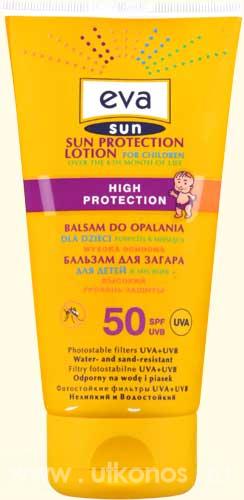
Retinal exposure to UVR is associated with cataracts and macular degeneration, both causes of vision impairment. UVR damage builds over time, so the sooner you start protecting your children's eyes from the sun, the lower their risk will be of ever developing future eye problems.
Fortunately, good sunglasses protect both the skin around the eye and the eye itself. While children under 6 months old should never be exposed to the sun, once they reach 6 months, they should wear sunglasses outside. If they require prescription glasses, they should also wear prescription sunglasses.
Keep these rules in mind when buying sunglasses for children:
- Find glasses that block 99-100 percent of both UVA and UVB rays. Buy ones that indicate the percentage of UVR protection they provide. The more skin covered, the better, so look for large, wraparound styles.
- Use playground-proof lenses. Kids run, trip, fall, and bounce off objects at alarming speed.
 Their sunglasses should match this active lifestyle. Find impact-resistant, scratch-proof lenses that don't pop out of the frames. Avoid glass lenses, unless recommended by a doctor; plastic is safer. Frames should be bendable but unbreakable. Make sure the glasses fit snugly, close to the face.
Their sunglasses should match this active lifestyle. Find impact-resistant, scratch-proof lenses that don't pop out of the frames. Avoid glass lenses, unless recommended by a doctor; plastic is safer. Frames should be bendable but unbreakable. Make sure the glasses fit snugly, close to the face.
"Sun Protective” Clothing
Clothing is the single most effective form of sun protection. It is our first line of defense against the sun’s harmful ultraviolet rays.
Clothing made with sun-protective fabrics differs from typical summer fabrics in several ways. They typically have a tighter weave or knit and are usually darker in color. Sun-protective clothes have a label listing the garment's Ultraviolet Protection Factor (UPF) value. The UPF label will help you identify sun-protective garments. The number on the label indicates what fraction of the sun’s rays can penetrate the fabric. The higher the UPF, the higher the protection.
A fabric with the minimum recommended UPF rating of 20 allows 1/20th of the sun's UV radiation to pass through it.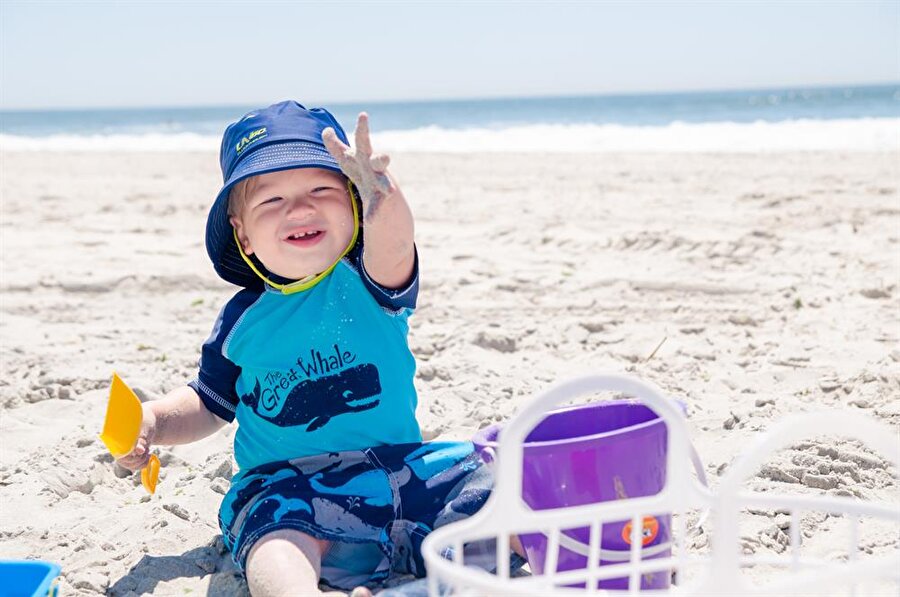 This means that this fabric will reduce your skin's UV radiation exposure by 20 times where it's protected by the fabric. The more intense the hue, the better the UV defense—dark or bright colors, like red or black, absorb more UVR than white.
This means that this fabric will reduce your skin's UV radiation exposure by 20 times where it's protected by the fabric. The more intense the hue, the better the UV defense—dark or bright colors, like red or black, absorb more UVR than white.
What is SPF?
SPF, or Sun Protection Factor, is the amount of UV radiation required to cause sunburn on skin with the sunscreen on, relative to the amount required without the sunscreen. SPF protection doesn't increase proportionally. For example, SPF 2 absorbs 50% of UV radiation, SPF 15 absorbs 93%, and SPF 34 absorbs 97%.
What is UVA & UVB?
UVA and UVB refer to different kinds of ultraviolet radiation. Exposure to UVA and UVB can be harmful and cause cancer. Sunscreens protect from UVB rays, but not all sunscreen product screens out all UVA rays. Some may advertise UVA protection, but no criteria exist in the U.S. for measuring and labeling the amount of UVA defense a sunscreen provides yet.
What is Broad-spectrum protection?
“Broad-spectrum” indicates that a product shields against UVA and UVB.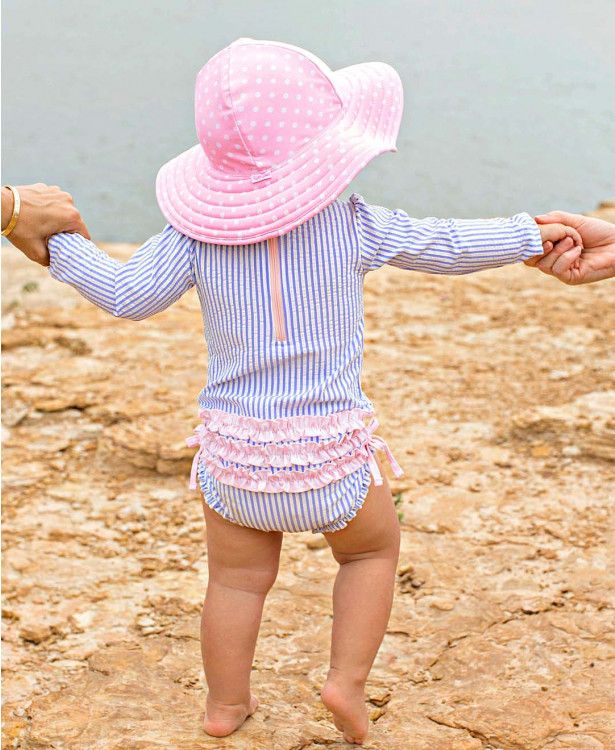 It does not guarantee protection against all UVA wavelengths, however. Most broad-spectrum sunscreens and sunblocks with an SPF of 30 or higher do a good job against UVB and short UVA rays. If they also contain avobenzone, zinc oxide, or titanium dioxide, they should be more effective against the entire UVA spectrum.
It does not guarantee protection against all UVA wavelengths, however. Most broad-spectrum sunscreens and sunblocks with an SPF of 30 or higher do a good job against UVB and short UVA rays. If they also contain avobenzone, zinc oxide, or titanium dioxide, they should be more effective against the entire UVA spectrum.
Tips on Applying Sunscreen
- Water and perspiration reduce the SPF value of many sunscreens—even those that are water-resistant—so be sure to reapply the product often.
- Sunscreen sprays may not work as well to prevent sunburn. The concern is twofold: that not enough sunscreen makes it onto the skin, and that the spray may be inhaled into the lungs.
- If your baby is taking medication, ask your doctor or pharmacist if the medications increase your baby’s skin sensitivity to the sun or aggravate sunburns or rashes. Certain antibiotics, diuretics, antihistamines, and antidepressants are among the commonly used drugs that can increase sensitivity to the sun's rays.
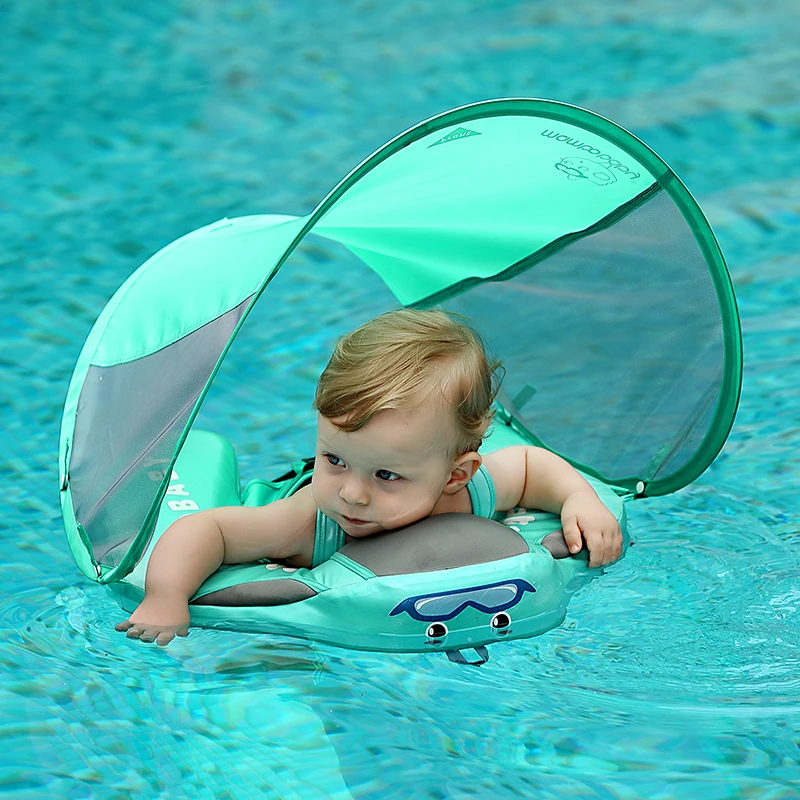
- Experts estimate that about half of the recommended amount of sunscreen is applied on their children. Read the product’s usage instructions to make sure you are using the proper amount.
- Apply sunscreen at least 30 minutes before your child will be exposed to the sun.
- Reapply sunscreen regularly and at least every 2 hours. Repeat application more often if your child is swimming or sweating.
- Use sunscreen even if it is cloudy outside. Clouds don't absorb or block UV radiation.
Sun Exposure & Vitamin D
Some sunlight is good for you and is needed for bone health. It has been suggested by some vitamin D researchers that approximately 5 to 30 minutes of sun exposure at least twice a week to the face, arms, legs, or back without sunscreen usually lead to sufficient vitamin D. Individuals with limited sun exposure need to include good sources of vitamin D in their diet or take a supplement to achieve recommended levels of intake.
How parents can keep their baby safe
Diseases & conditions
- Coronavirus Resource Center
- Acne
- Eczema
- Hair loss
- Psoriasis
- Rosacea
- Skin cancer
- A to Z diseases
- A to Z videos
- DIY acne treatment
- How dermatologists treat
- Skin care: Acne-prone skin
- Causes
- Is it really acne?
- Types & treatments
- Childhood eczema
- Adult eczema
- Insider secrets
- Types of hair loss
- Treatment for hair loss
- Causes of hair loss
- Hair care matters
- Insider secrets
- What is psoriasis
- Diagnosis & treatment
- Skin, hair & nail care
- Triggers
- Insider secrets
- What is rosacea
- Treatment
- Skin care & triggers
- Insider secrets
- Types and treatment
- Find skin cancer
- Prevent skin cancer
- Raise awareness
- Español
Featured
Monkeypox: What you need to knowMonkeypox is a contagious disease that causes a rash.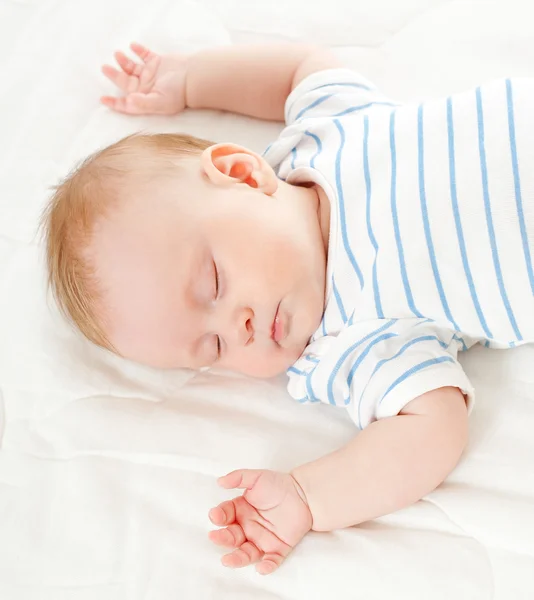 A board-certified dermatologist explains what the rash looks like and when to seek medical care.
A board-certified dermatologist explains what the rash looks like and when to seek medical care.
This contagious skin disease will usually clear on its own, but sometimes dermatologists recommend treating it. Find out when.
Everyday care
- Skin care basics
- Skin care secrets
- Injured skin
- Itchy skin
- Sun protection
- Hair & scalp care
- Nail care secrets
- Basic skin care
- Dry, oily skin
- Hair removal
- Tattoos and piercings
- Anti-aging skin care
- For your face
- For your skin routine
- Preventing skin problems
- Bites & stings
- Burns, cuts, & other wounds
- Itch relief
- Poison ivy, oak & sumac
- Rashes
- Shade, clothing, and sunscreen
- Sun damage and your skin
- Aprenda a proteger su piel del sol
- Your hair
- Your scalp
- Nail care basics
- Manicures & pedicures
Featured
Practice Safe SunEveryone's at risk for skin cancer.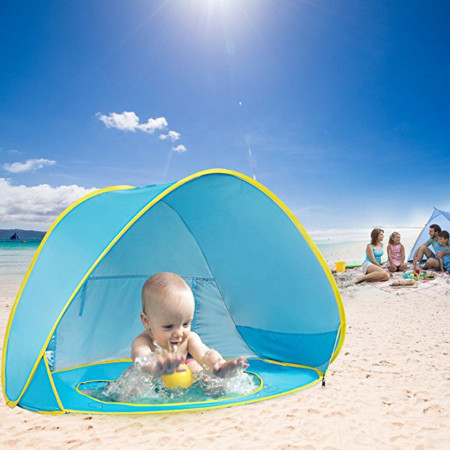 These dermatologists' tips tell you how to protect your skin.
These dermatologists' tips tell you how to protect your skin.
Find out what may be causing the itch and what can bring relief.
Darker Skin Tones
- Skin care secrets
- Hair care
- Hair loss
- Diseases & Conditions
- Acne
- Dark spots
- Dry skin
- Light spots
- Razor bumps
- Caring for Black hair
- Scalp psoriasis
- Weaves & extensions
- Central centrifugal cicatricial alopecia
- Frontal fibrosing alopecia
- Hairstyles that pull can cause hair loss
- Acanthosis nigricans
- Acne keloidalis nuchae
- Hidradenitis suppurativa
- Keloid scars
- Lupus and your skin
- Sarcoidosis and your skin
- Skin cancer
- Vitiligo
- More diseases & conditions
Featured
Fade dark spotsFind out why dark spots appear and what can fade them.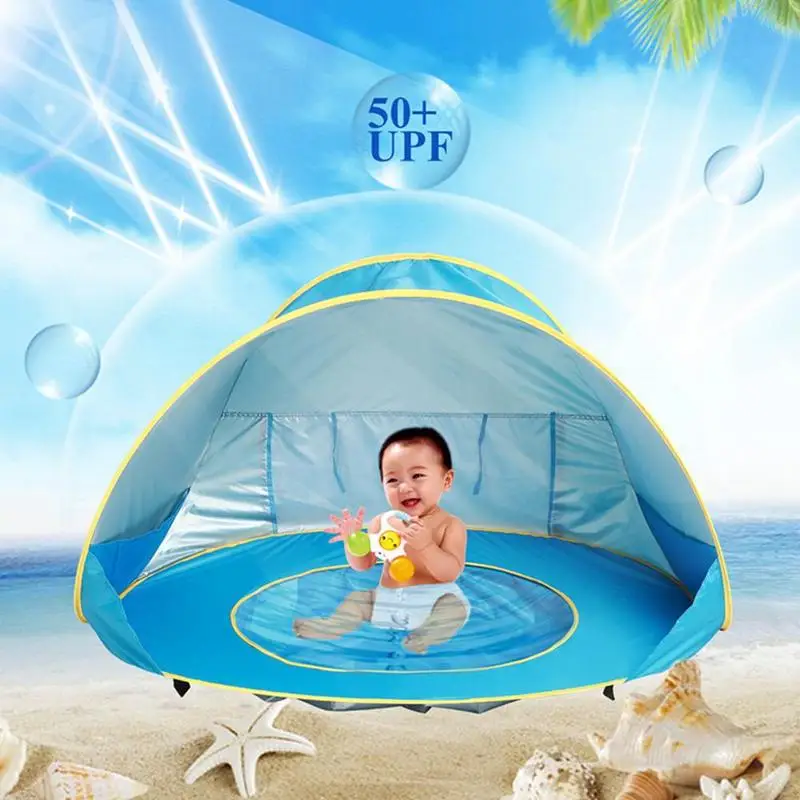
If you have what feels like razor bumps or acne on the back of your neck or scalp, you may have acne keloidalis nuchae. Find out what can help.
Cosmetic treatments
- Your safety
- Age spots & dark marks
- Cellulite & fat removal
- Hair removal
- Scars & stretch marks
- Wrinkles
- Younger-looking skin
Featured
Laser hair removalYou can expect permanent results in all but one area.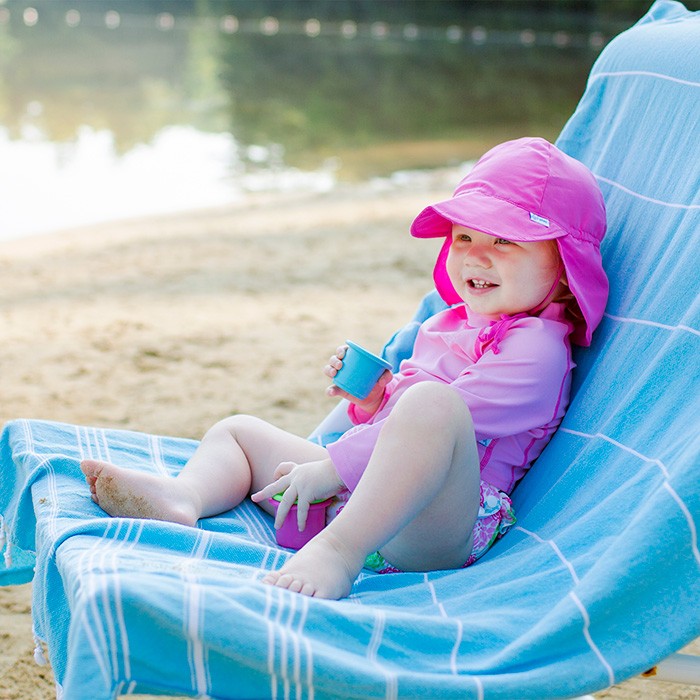 Do you know which one?
Do you know which one?
If you want to diminish a noticeable scar, know these 10 things before having laser treatment.
BotoxIt can smooth out deep wrinkles and lines, but the results aren’t permanent. Here’s how long botox tends to last.
Public health programs
- Skin cancer awareness
- Free skin cancer screenings
- Kids' camp
- Good Skin Knowledge
- Shade Structure grants
- Skin Cancer, Take a Hike!™
- Awareness campaigns
- Flyers & posters
- Get involved
- Lesson plans and activities
- Community grants
Featured
Free materials to help raise skin cancer awarenessUse these professionally produced online infographics, posters, and videos to help others find and prevent skin cancer.
Free to everyone, these materials teach young people about common skin conditions, which can prevent misunderstanding and bullying.
Find a dermatologist
- Find a dermatologist
- What is a dermatologist?
- FAAD: What it means
- How to select a dermatologist
- Telemedicine appointments
- Prior authorization
- Dermatologists team up to improve patient care
Featured
Find a DermatologistYou can search by location, condition, and procedure to find the dermatologist that’s right for you.
A dermatologist is a medical doctor who specializes in treating the skin, hair, and nails. Dermatologists care for people of all ages.
Sun protection products for children up to 1 year, up to 3 years: rating of 3 safe products
Contents
- Effects of solar radiation on children
- Safe sun protection for children
- How to choose a protective product for children of different ages
- Application Rules
- Children's Sunscreen Review
The effect of solar radiation on children
The sun is good for both kids and adults. True, under one condition - in moderation.
-
Under the influence of ultraviolet vitamin D is produced, which is actively involved in the formation of the skeletal system. According to recent studies, it is also of great importance for maintaining immunity.
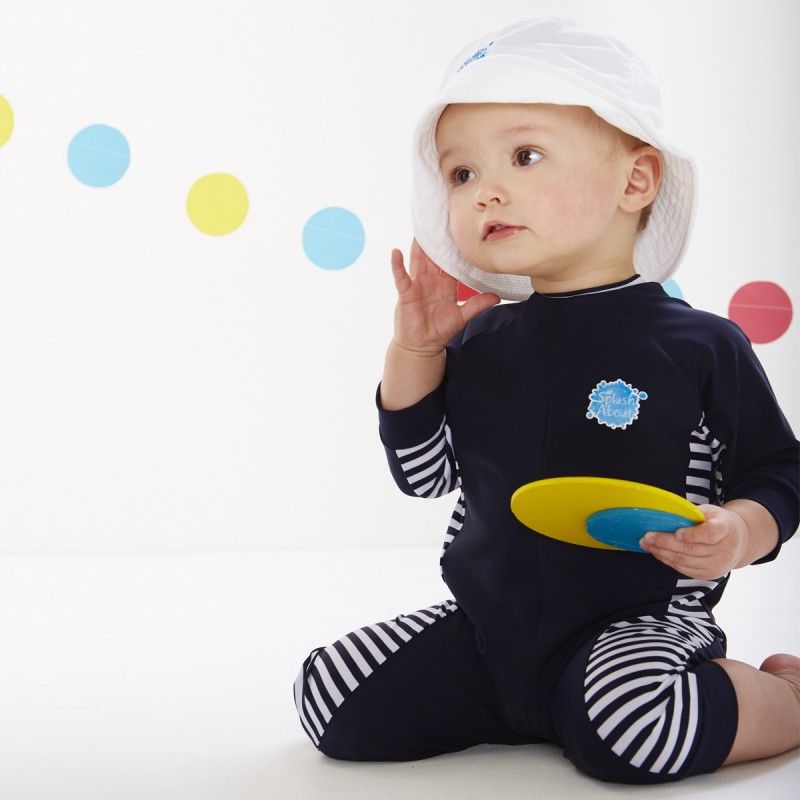
-
And the sun is an excellent antidepressant . In October-November, when it is cloudy for weeks, we feel its shortage especially acutely.
-
Ultraviolet rays have disinfectant properties .
-
For skin conditions such as psoriasis and atopic dermatitis, UV therapy is used .
“Now for this purpose, installations are used that generate a certain wavelength in order to avoid the harmful effects of the entire UV spectrum. So it is not advisable to sunbathe in the sun for therapeutic purposes, ”explains Alexander Prokofiev, dermatovenereologist, medical expert of the La Roche-Posay brand.
Children under 3 years of age should absolutely not be in the sun © iStock
And now the most important thing - exposure to the sun without protection is dangerous for children's skin.
“In infants and children, the skin is practically defenseless against the sun, since it weakly produces the protective pigment melanin, and its immune functions are only being formed. Under direct rays, the baby runs the risk of getting burned in five minutes, which can be accompanied by redness, itching, and sometimes high fever.
Under direct rays, the baby runs the risk of getting burned in five minutes, which can be accompanied by redness, itching, and sometimes high fever.
To protect your baby from harmful UV rays and make them safe in the sun, doctors strongly recommend applying baby products with SPF to your baby's skin before going outside.
Back to the top
Safe sun protection for children
Children's protective cosmetics are subject to very high requirements and are tested under the supervision of pediatricians and dermatologists. The main criterion is safety and hypoallergenicity.
Children's sunscreens contain the same UVB and UVA filters as adults: physical (reflective) and chemical (light absorbing). The combination of filters increases the level of protection.
-
physical (mineral) filters include zinc oxide and titanium dioxide. These substances are not absorbed, do not cause irritation and allergic reactions - but also do not have water resistance.
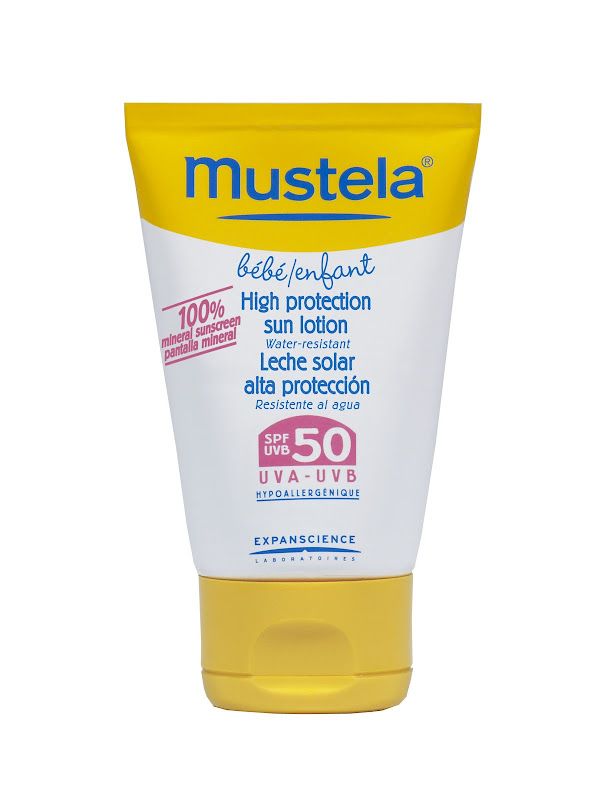
-
There are many chemical filters: cinnamates, Parsol 1789, octocrylene, mexoril, tinosorb, etc. Unlike physical ones, they are water resistant and do not leave whitish stains on the skin.
Children's sunscreens should also contain herbal supplements (oils or extracts), moisturizing ingredients (glycerin), vitamin E.
Back to the top
How to choose a protective agent for children of different ages
Creams with SPF are produced even for the smallest. There are formulas:
-
for babies from 6 months;
-
for babies from 1 to 3 years old;
-
for children after 3 years.
An important point is the quantitative value of the filter. In children's sunscreens, it is maximum - SPF 50 or 50+.
Up to 1 year old
There are not too many sunscreens for babies under one year old on the market. This is due to the fact that doctors categorically forbid children under 3 years of age to be in the open sun. But if you are already on vacation with a baby, do not forget about the precautions.
But if you are already on vacation with a baby, do not forget about the precautions.
-
On hot days, look for shady places to walk.
-
Make sure your child wears a hat.
-
Make sure that the baby's clothes are made of light, light fabrics and cover the body as much as possible.
-
Apply sunscreen to exposed skin, even if the walk is short.
-
When choosing a cream, look for the mark “after 6 months” on the packaging (available from La Roche-Posay) - before this age, the use of sunscreen cosmetics is undesirable.
In the formulas for the little ones, they try to include more physical reflective filters: they work on the surface of the skin without being absorbed.
Products for babies are visible on the body, so it is easier for parents to apply the cream to the baby's skin without missing a single exposed area.
And, of course, all baby products are hypoallergenic and do not contain substances that can cause irritation.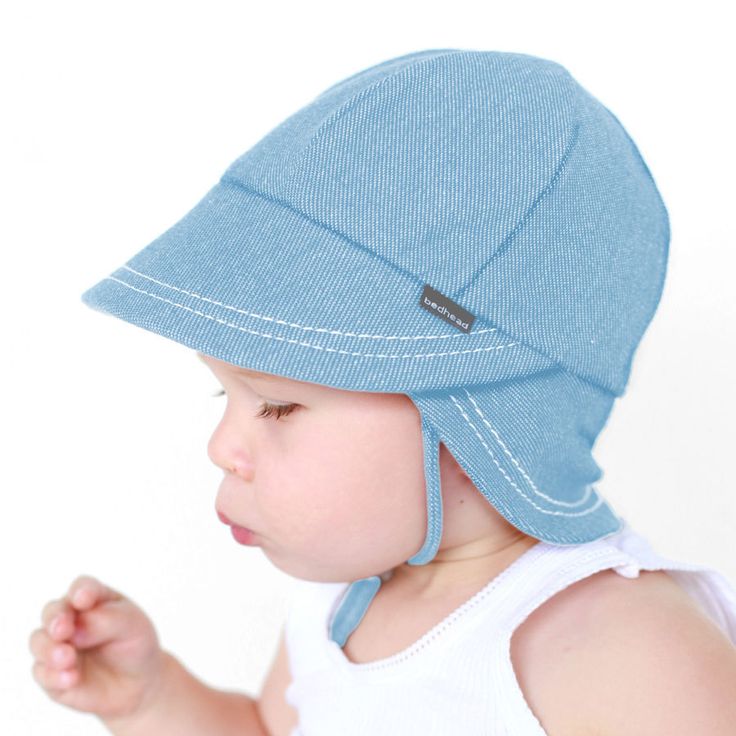
Children can only be in the sun with clothing and protection of SPF © iStock
Up to 3 years
The skin of children from one to three years is no longer as delicate as that of babies, but their immune functions are still in the formation process, so excess solar radiation for it is still detrimental.
-
Look for physical and chemical filters in your protective product.
-
Avoid preservatives, fragrances, alcohol, fragrances.
-
Apply cream 30 minutes before going outside, reapply every 2 hours and after every swim.
After 3 years
From the age of three, melanin is produced in children well. Babies are active and love to swim. And this means that the product must be resistant to water, sweat and sand.
If a package is labeled “Children's” without specifying the age, this means that the product is intended for children from 3 years old - no younger.
Back to TOP
Instructions for use
Test the sunscreen for tolerance: apply it on a small area of skin in the child's elbow and observe the reaction. If there are no signs of allergy, feel free to use the cream.
If there are no signs of allergy, feel free to use the cream.
- 1
Apply 15-20 minutes before sun exposure. Do not forget about areas that are especially exposed to ultraviolet radiation: ears, nose, cheekbones.
- 2
Be sure to reapply the cream every 2 hours.
- 3
After each bath, the protective film weakens and must be reapplied. You will also have to update it after the child sweats or wipes himself with a towel.
- 4
When you get home, be sure to wash off your sunscreen and apply after-sun.
- 5
When walking with a child in the early morning or at sunset, well-fitted clothing that covers the body and a wide-brimmed panama is enough to protect.
Children's skin lacks immunity and protective functions © iStock
Always consider the factors that affect the need for the use of cream with SPF:
Back to index 50+/PPD 39, La Roche-Posay
Mexoplex sun filter system, senna alata extract, La Roche-Posay thermal water suitable for children from 6 months.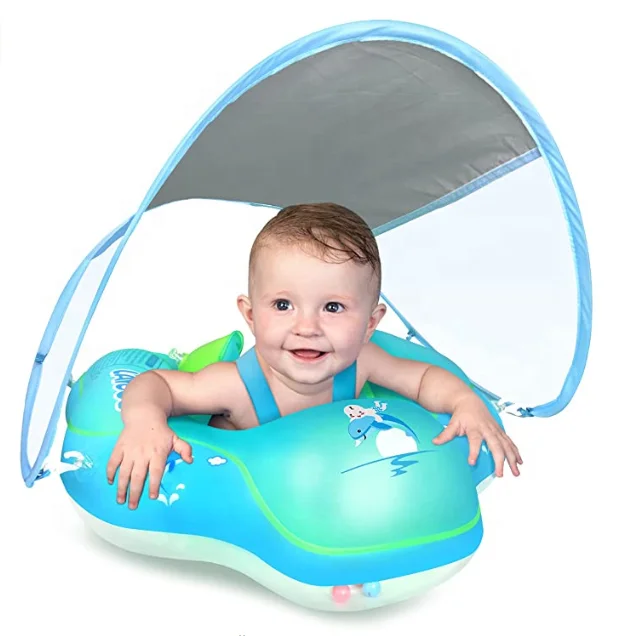 Protects against UVA and UVB rays. Apply 20-30 minutes before leaving home, reapply protection every 2 hours.
Protects against UVA and UVB rays. Apply 20-30 minutes before leaving home, reapply protection every 2 hours.
Expert Protection Kids Anti-Sand Sun Spray, SPF 50, Garnier
Easy to apply from any position. Not felt on the skin, quickly absorbed - so that the sand does not stick to the body. Waterproof.
Children's Sun Emulsion Wet Skin, Capital Soleil, SPF 50+, Vichy
Suitable for children 3 years of age and older. Has a light texture. Withstands 6 baths of 20 minutes and is easy to apply even on wet skin. Contains Vitamin E and Vichy thermal water.
Back to index
review of sunscreens for children, selection rules
Contents
- Why children need sunscreen
- Types of sun protection products for children
- Selection criteria
- Composition of sunscreen for children
- Application Rules
- Product Overview
Why children need sunscreen
Children need sunscreen as much, if not more, than adults. Children's skin should be protected as much as possible, since skin immunity is formed by about 12 years, and babies do not have the specific protection that adults have. And which, by the way, is also not absolute.
Children's skin should be protected as much as possible, since skin immunity is formed by about 12 years, and babies do not have the specific protection that adults have. And which, by the way, is also not absolute.
True, there is one problem: it is incredibly difficult to prove all this to modern mothers, who in every possible way protect children from unnecessary “chemistry”. What arguments to give so that they understand: children's sunscreen is not the intrigues of marketers and not the result of a conspiracy of beauty companies to enrich themselves?
Baby sunscreens are strictly controlled during development and production.
“The main argument is the concern for the safety and health of the child,” says Marina Kamanina, expert dermatologist at Garnier. “Today, when there are quite a lot of dangers in the world around us, I want to be sure that we can protect the most precious creature to us at least from the harm of ultraviolet radiation.”
It is important to understand that the sun is not our enemy.On a sunny day, we have a better mood and higher tone due to the pleasure hormones endorphins, which are produced under the influence of sunlight. Ultraviolet also contributes to the production of vitamin D in the skin, without which the proper formation of the bone skeleton is impossible.
But an excessive amount of UV radiation, especially on the skin at midday, when the penetrating power of the rays is high, can lead to detrimental consequences, ranging from sunburn to exacerbation of chronic diseases.
Remember: childhood skin burns greatly increase the risk of skin cancers, including melanoma, at an older age.
Back to the top
Types of sunscreens for children
Basic textures of children's sunscreens.
Cream
This is the most commonly used formulation. One of L'Oréal's latest developments is the "aqua-cream" formula, which can be applied even on wet skin without compromising the effectiveness of the protection.
Aqua-cream is the most waterproof texture.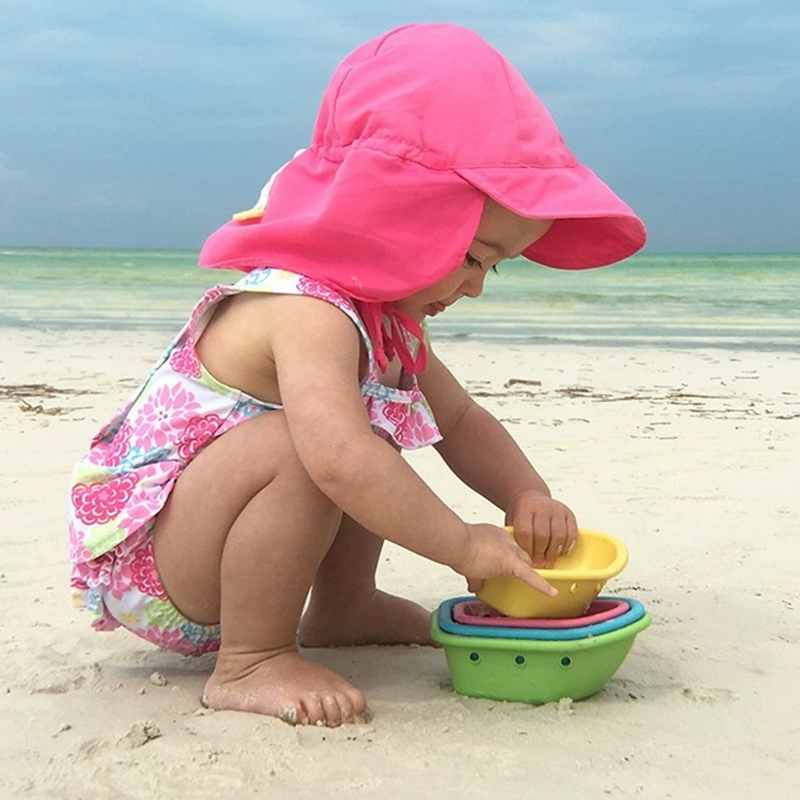 Suitable for those who spend holidays at the sea or engage in water sports in an outdoor pool or pond (for example, sailing). The water transmits the sun's rays, so you need to be especially vigilant with protection here.
Suitable for those who spend holidays at the sea or engage in water sports in an outdoor pool or pond (for example, sailing). The water transmits the sun's rays, so you need to be especially vigilant with protection here.
Milk
This form is usually used for babies from 6 months. Thanks to its light texture, the milk is quickly applied and well distributed over the skin.
Spray
Recently, a special form of dry spray with the anti-sand formula has appeared. If the skin is treated with such a tool, sand will not stick to it. This format is useful on a sandy beach or in a sandbox. An option very convenient for quick application and renewal. Saves time.
Back to index
Selection criteria
Two main factors that parents take into account when choosing children's sunscreen cosmetics: the degree of protection from UV rays and the age of the child.
Baby sunscreen can be used on babies from 6 months of age
SPF rating
Baby's delicate skin burns very quickly.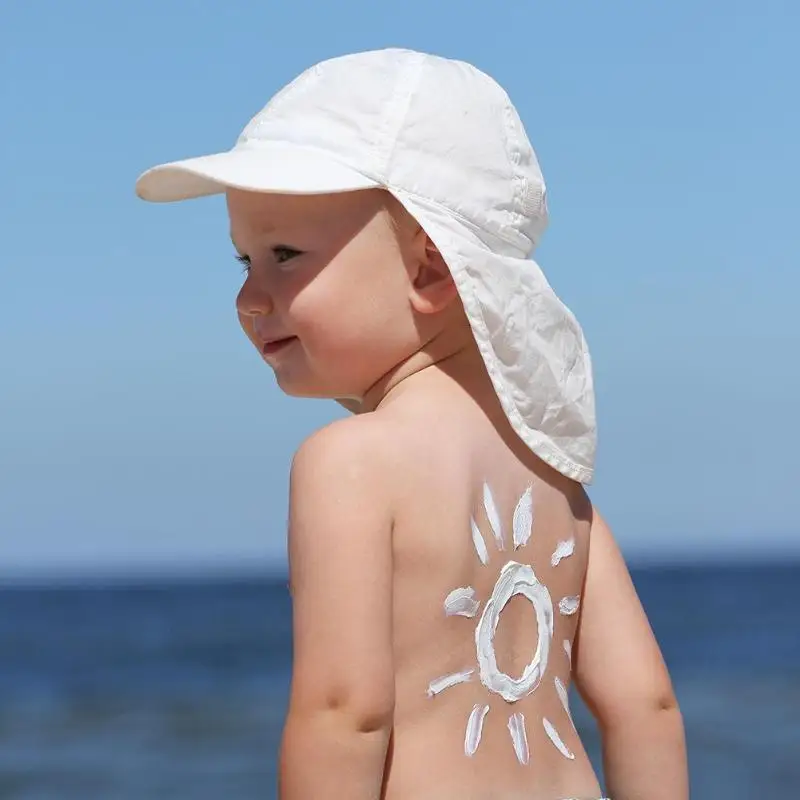 Therefore, for kids, they produce products with a sun protection index of 50 and 50+. And if adults can get a sunburn after 15-20 minutes of exposure to the sun, then children risk getting burned after 5 minutes.
Therefore, for kids, they produce products with a sun protection index of 50 and 50+. And if adults can get a sunburn after 15-20 minutes of exposure to the sun, then children risk getting burned after 5 minutes.
Babies under three years of age should not be exposed to the sun for long periods of time. During walks on hot days, small children need to provide shade. In addition, they should wear light clothing that covers the body as much as possible.
Age
Parents often look in pharmacies and stores for sunscreen for children of a certain age: 6 months, 1 year, one year and six months, and so on. To date, there are two main age categories of sunscreens for children:
-
up to 3 years;
-
after 3 years.
That is, for one-year-old babies, an SPF product for children under 3 years old is suitable. Although there are also funds labeled "after 6 months." This is, for example, at La Roche-Posay. I wonder if there is a big difference between sunscreens intended for infants and three-year-olds.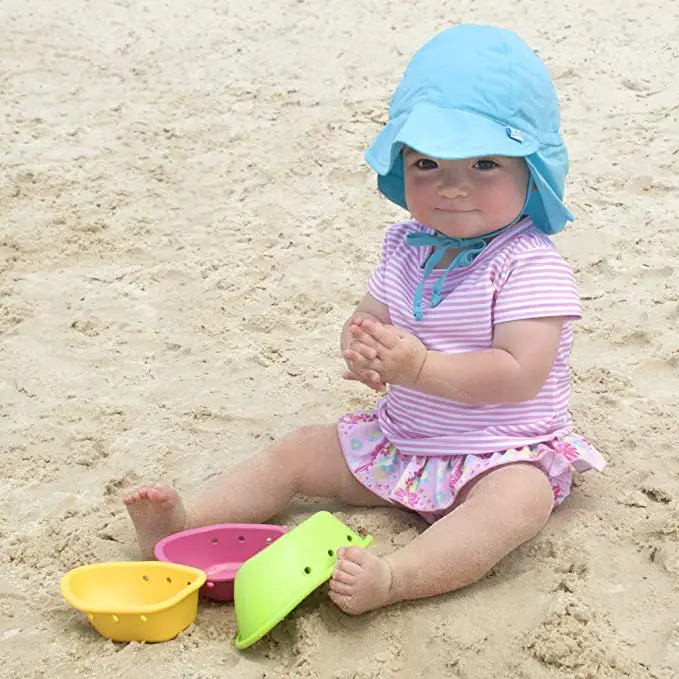
“Formula designed for babies is tough. These cosmetics are hypoallergenic and do not contain components that can potentially provoke allergic reactions (parabens, perfumes, dyes).”
Testing of products for the little ones is carried out under the supervision of pediatricians and dermatologists. These funds meet more stringent requirements.
“Products for children under one year contain more physical filters that reflect the rays, working as screens. In addition, children's products, as a rule, have a “application control” function: the mother sees which areas of the baby’s skin are treated with cream, and where protection needs to be applied/renewed,” says Natalia Medvedeva, dermatologist, medical expert of the La Roche brand -Posay
Children's skin is very thin and sensitive. Therefore, in order to avoid burns, dermatologists strongly advise not to expose children under 3 years of age to direct sunlight.
Back to the top
Ingredients of sunscreen for children
Unlike sunscreens for adults, children's products have a more gentle formula.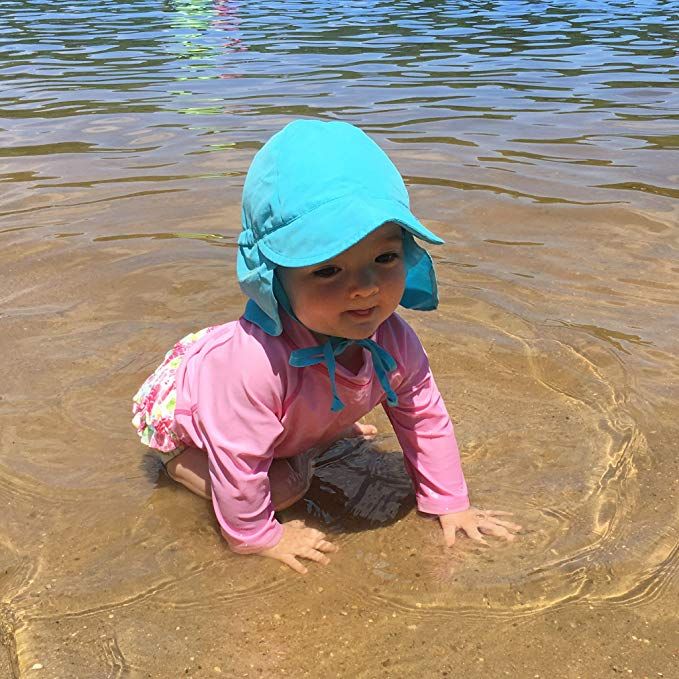 But this does not mean that some other substances play the role of UV protectors in them.
But this does not mean that some other substances play the role of UV protectors in them.
Types of sun filters
“Children's sunscreens use a filter system consisting of mineral (titanium dioxide, zinc oxide) and chemical filters that are synthesized in laboratories,” explains Marina Kamanina. “This is a large group of chemical compounds (cinnamates, Parsol 1789, octocrylene, mexoril, tinosorb), which are resistant (they are not erased from touch and during bathing).”
These filters protect against UVB rays - the main culprits of pigmentation and burns, as well as UVA rays - provocateurs of allergies and skin aging.
Both types of filters are allowed in formulas for children. Together, they provide maximum efficiency. The use of only mineral filters leads to a weakening of protection, as they do not adhere well to the skin, are washed, washed off, and require constant renewal.
Additional components
In addition to filters, products may contain emulsifiers, preservatives. There are moisturizing ingredients, such as glycerin. The composition may contain alcohol as a component-conductor and stabilizer of the formula.
There are moisturizing ingredients, such as glycerin. The composition may contain alcohol as a component-conductor and stabilizer of the formula.
Also in children's products often include:
Renew sunscreen for children every two hours
Back to index
Instructions for use
Using children's sunscreen is not much different from using adult sunscreen. Here is a detailed instruction.
-
Protect all exposed areas of the child's skin. Pay special attention to the protruding parts of the face and body - these are the ears, nose, shoulders, knees. They tend to burn first, so sunscreen these areas generously and reapply protection more often than other areas.
-
It is advisable to apply the cream 15-20 minutes before going out into the sun, so that it has time to be absorbed and reach its “working power” by the time you go out.
-
The amount of cream should be sufficient to cover with a dense layer (1-2 mm) all areas.
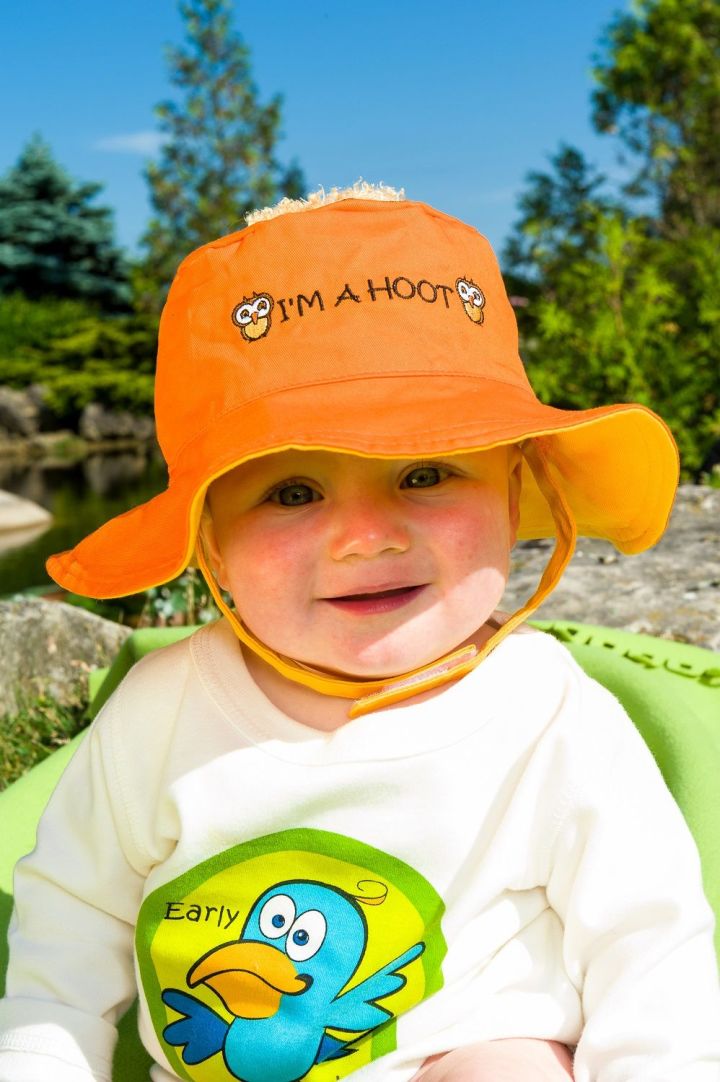 This roughly corresponds to the volume that fits in the palm of a child. In practice, this amount seems large to parents and in fact they apply half or a third of the required volume. There is a simple way out: apply one layer of cream, and when it is absorbed, another one.
This roughly corresponds to the volume that fits in the palm of a child. In practice, this amount seems large to parents and in fact they apply half or a third of the required volume. There is a simple way out: apply one layer of cream, and when it is absorbed, another one. -
After you have applied sunscreen, ask your child not to touch the skin with their hands so as not to weaken the protection.
-
Renew sun protection every 2 hours, as the photostability of the filters and therefore the sun protection properties of the product decrease over time.
-
It is also necessary to renew products after bathing. Look at the label: “water resistant” means water resistant up to 40 minutes, “very water resistant” means water resistant 1 hour 20 minutes. If your child likes to splash, look for products labeled "very water resistant".
Even if you protect your child from the sun with the help of special products, in hot weather, choose clothes for him that cover the body as much as possible.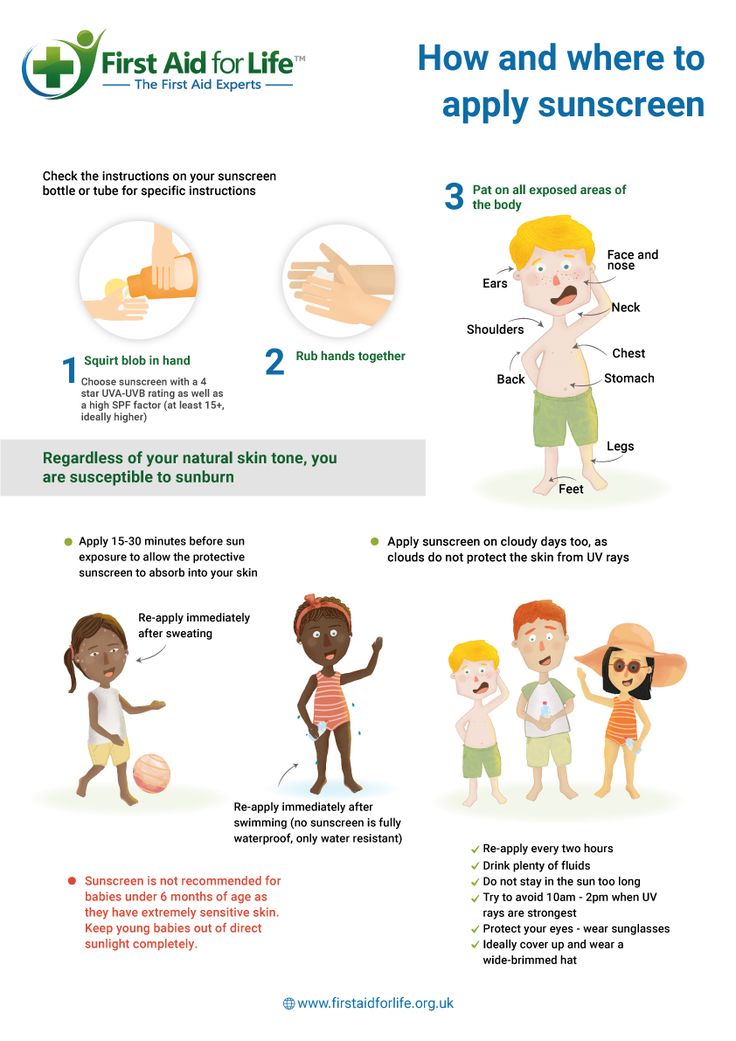 And don't forget the headgear. By the way, now they produce clothes from fabrics with sunscreen. True, they have one drawback: after a certain number of washes, the protection comes to naught.
And don't forget the headgear. By the way, now they produce clothes from fabrics with sunscreen. True, they have one drawback: after a certain number of washes, the protection comes to naught.
Back to the Table of Contents
Product Overview
The best baby creams with SPF according to skin.ru editors.
Sun creams for children
| Name | Composition, SPF | Features | Water resistance |
| Ambre Solaire Kids "Kid in the shade Expert protection", Garnier | physical filters, free of dyes and fragrances, SPF 50 | For children up to 3 years. Prevents burns, protects. | not specified |
| Ambre Solaire Kids "Aquacream Expert Protection", Garnier | Fragrance, colorant and paraben free, SPF 50 | Suitable for application to wet skin, prevents burns.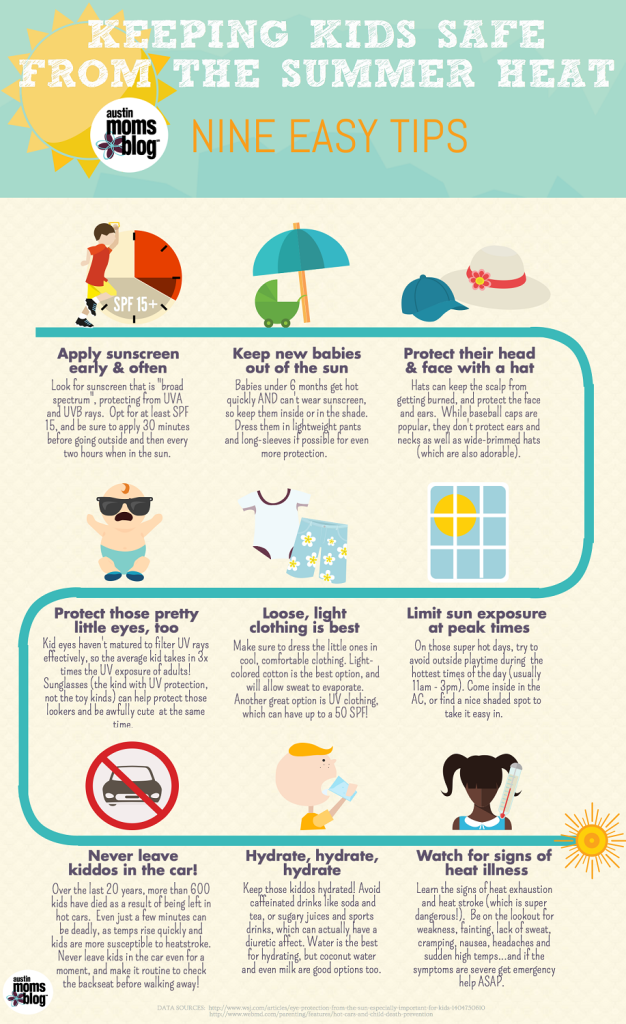 | resistant up to 30 minutes |
The best SPF sprays for kids according to skin.ru editors.
Sun spray for children
| Name | Composition, SPF | Features | Water resistance |
| Anthelios Dermo-Pediatrics Spray, La Roche-Posay | Mexoplex filter system, senna alata extract, La Roche-Posay thermal water, SPF 50 | For children from 3 years. Provides very high protection against burns and sun allergies, does not leave white marks. | stable for 40 minutes |
| Ambre Solaire Kids Anti-Sand Expert Protection, Garnier | Fragrance, colorant and paraben free, SPF 50 | Not felt on the skin. Spraying is possible in any position of the bottle. Sand does not stick to spray-treated skin. | waterproof |
| Capital Ideal Soleil Spray Douceur Enfants, Vichy | Mineral filters, Vichy thermal water, safe fragrance, SPF 50 | For children from 3 years. Leaves no oily film or sticky feeling. Sand does not stick to spray-treated skin. Leaves no oily film or sticky feeling. Sand does not stick to spray-treated skin. | withstands up to 6 baths of 20 minutes |
The best sun milk and foam for children according to skin.ru editors.
Baby sun milk and foam
| Name | Composition, SPF | Features | Water resistant |
| milk Anthelios Dermo-Pediatrics Lotion, La Roche-Posay | Mexoplex filter system, senna alata extract, La Roche-Posay thermal water, SPF 50 | For children over 6 months old. Provides very high protection against burns and sun allergies, does not leave white marks. | stable for 40 minutes |
| Super waterproof sunscreen spray for children Capital Ideal Soleil, Vichy | mineral filters, Vichy thermal water, safe fragrance, SPF 50 | Suitable for sensitive skin, hypoallergenic, delicious fruity scent.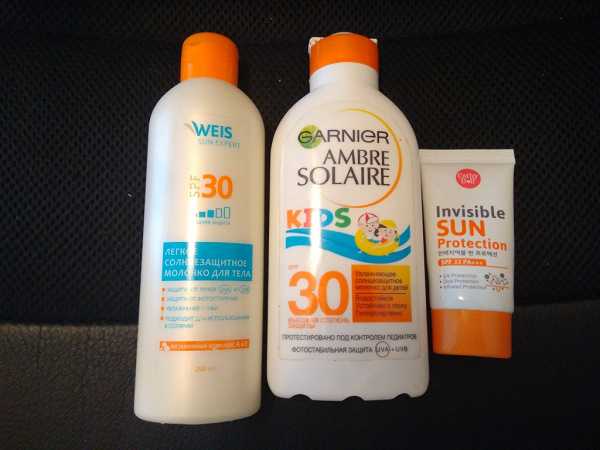 |
